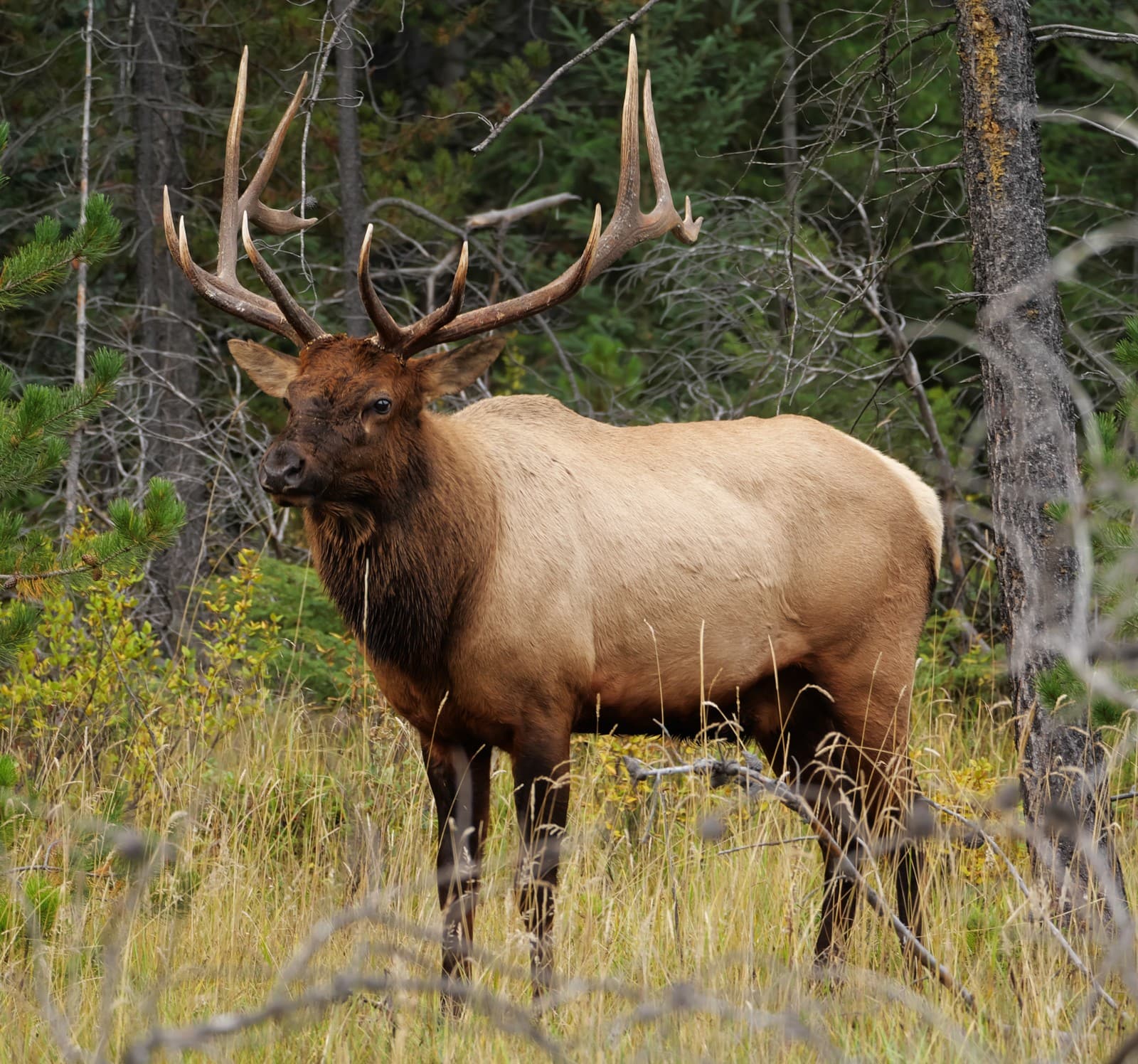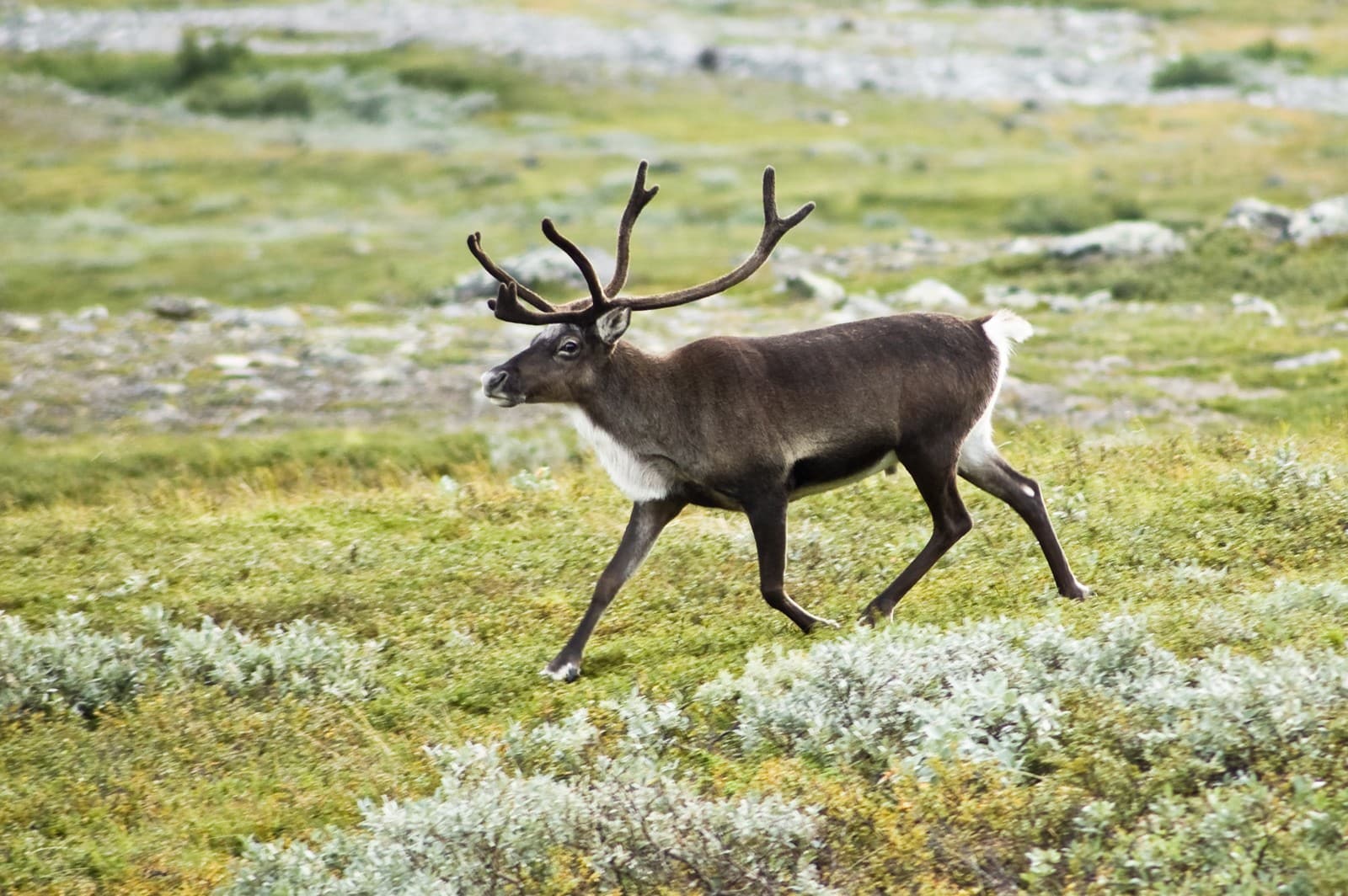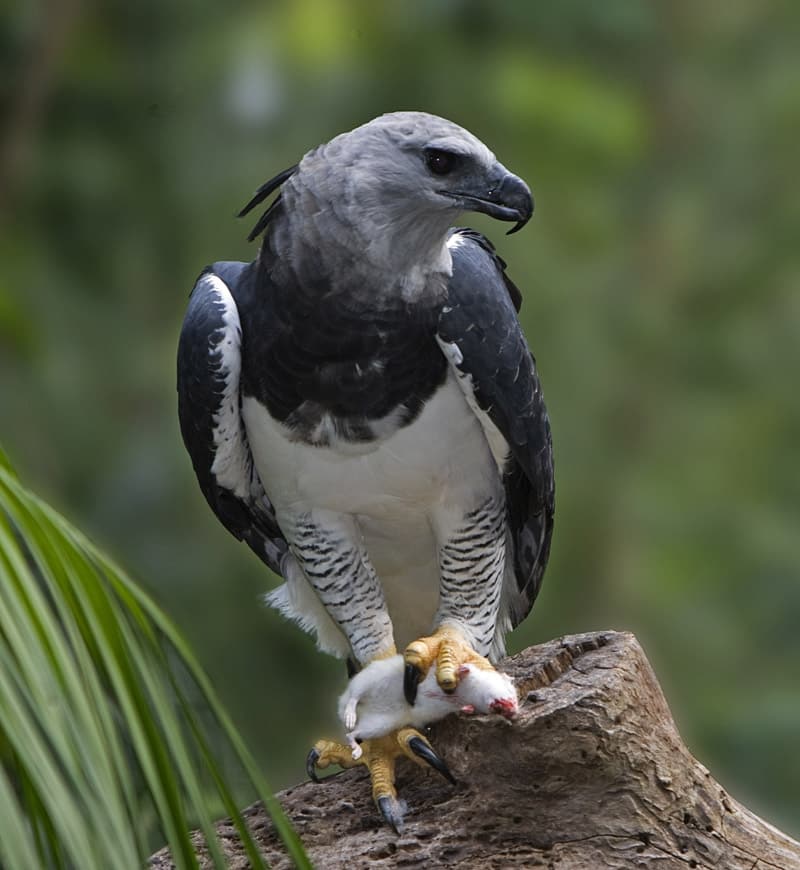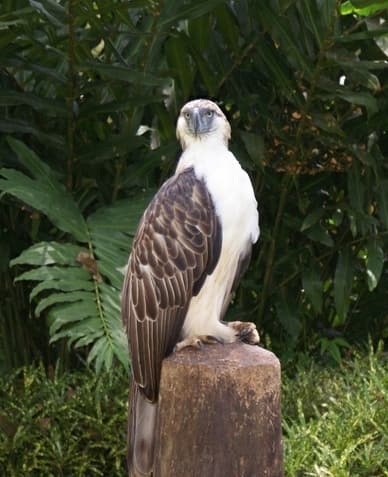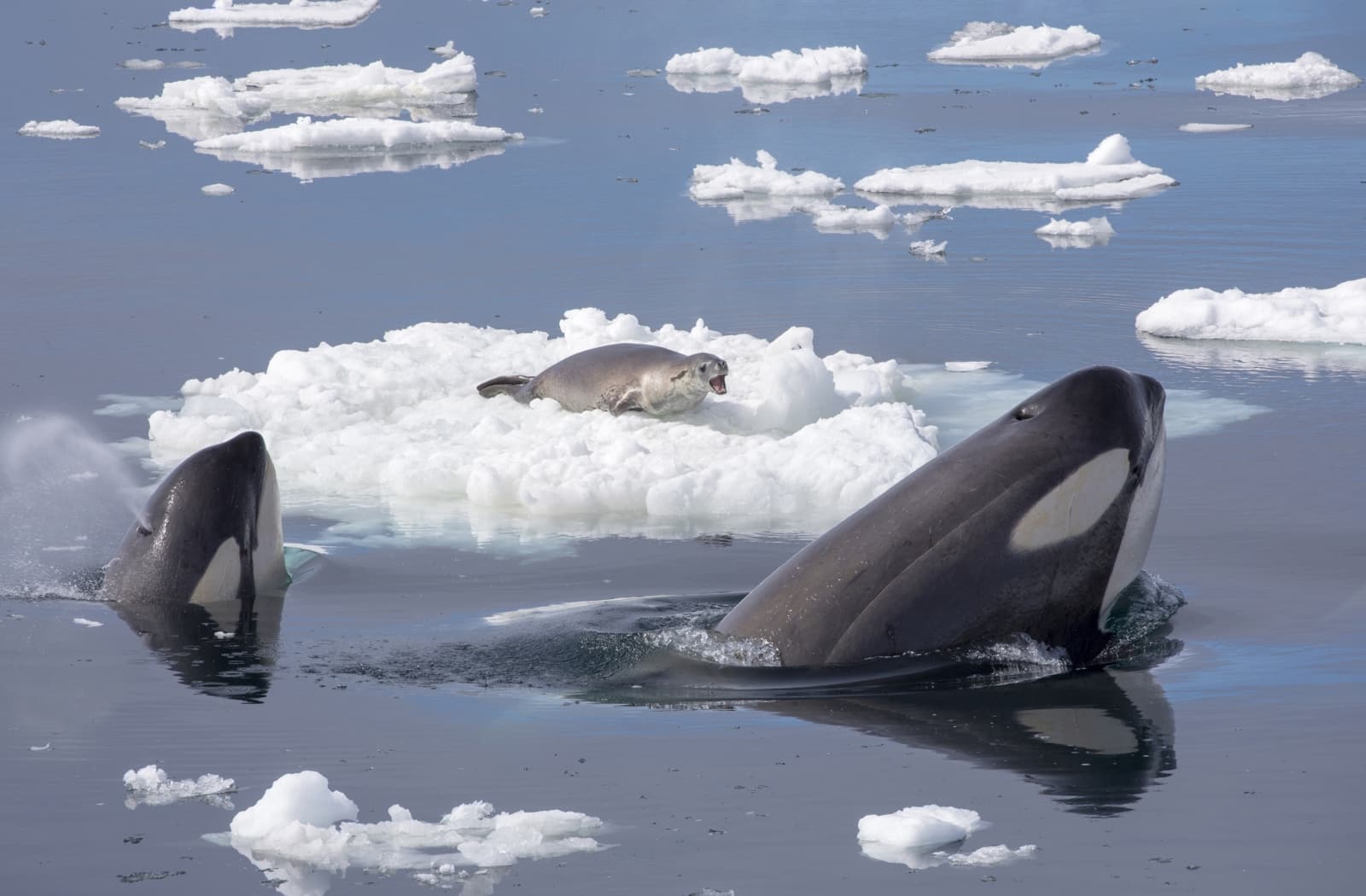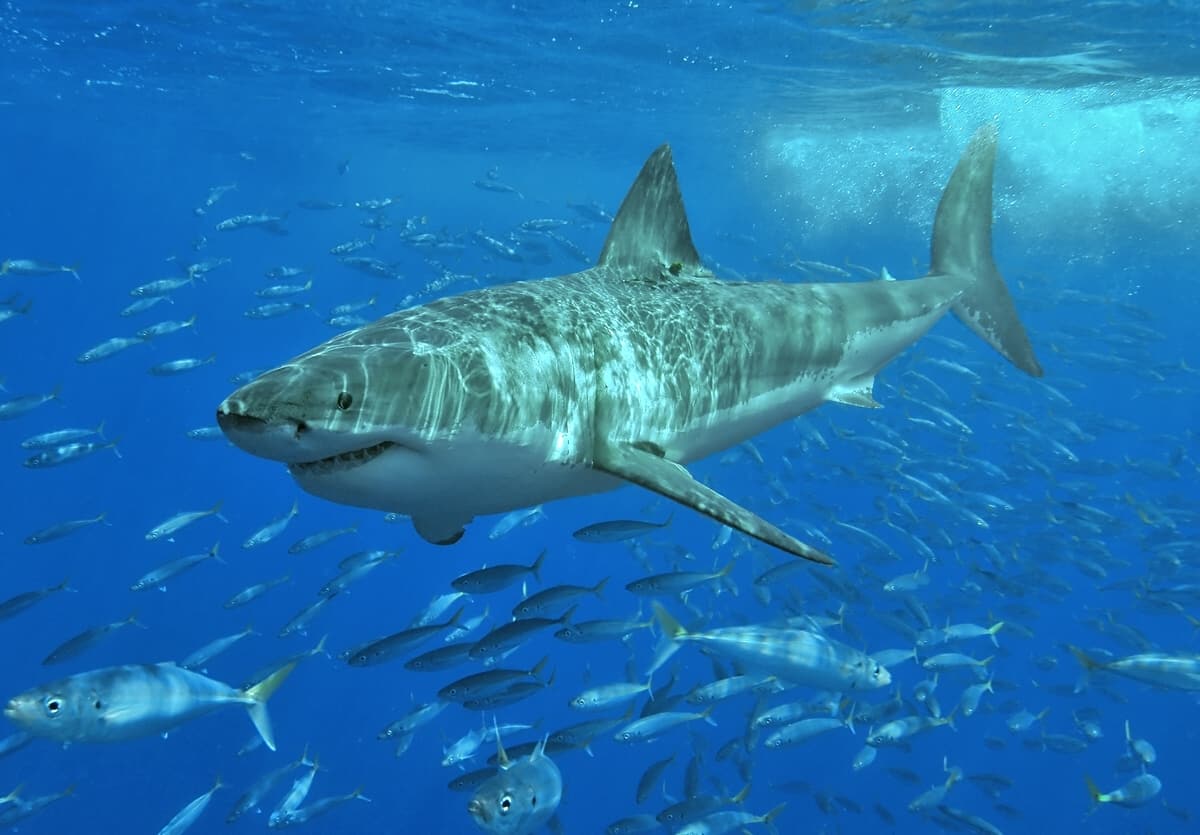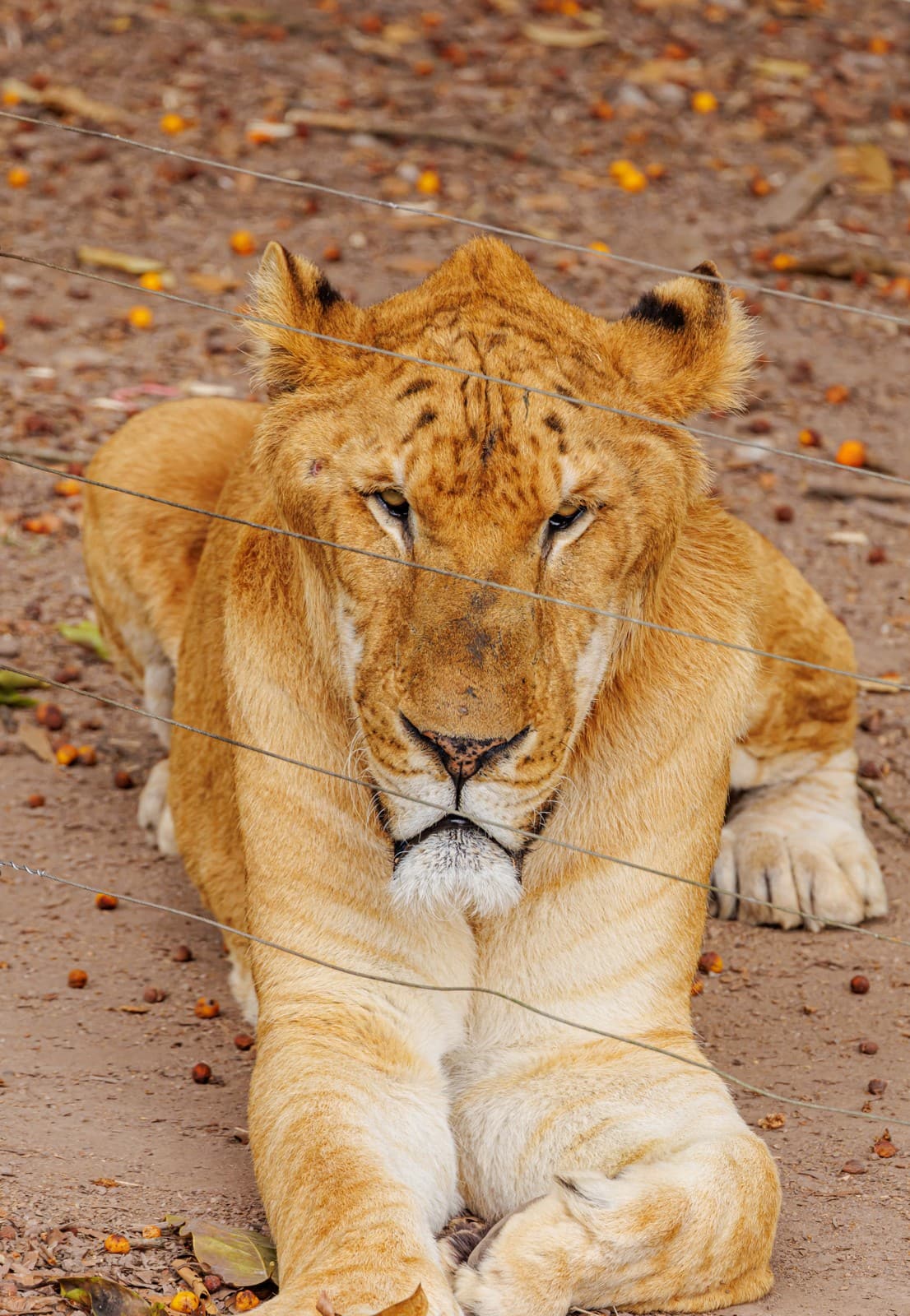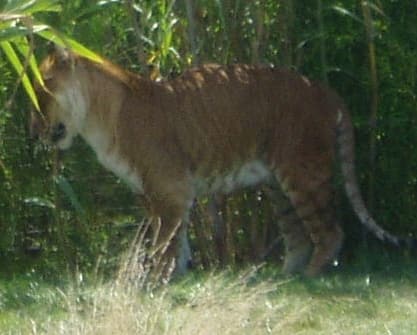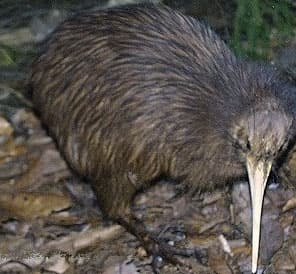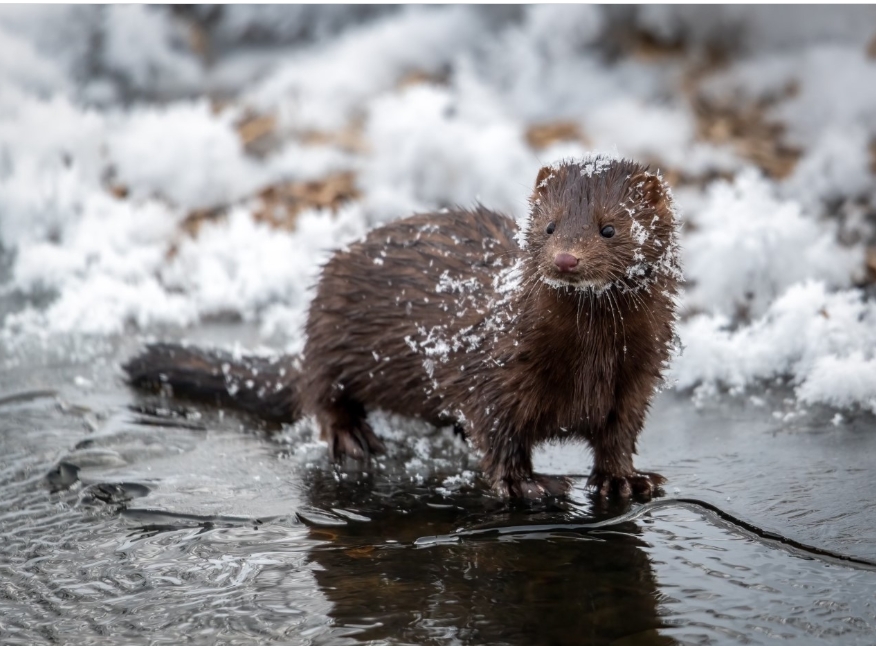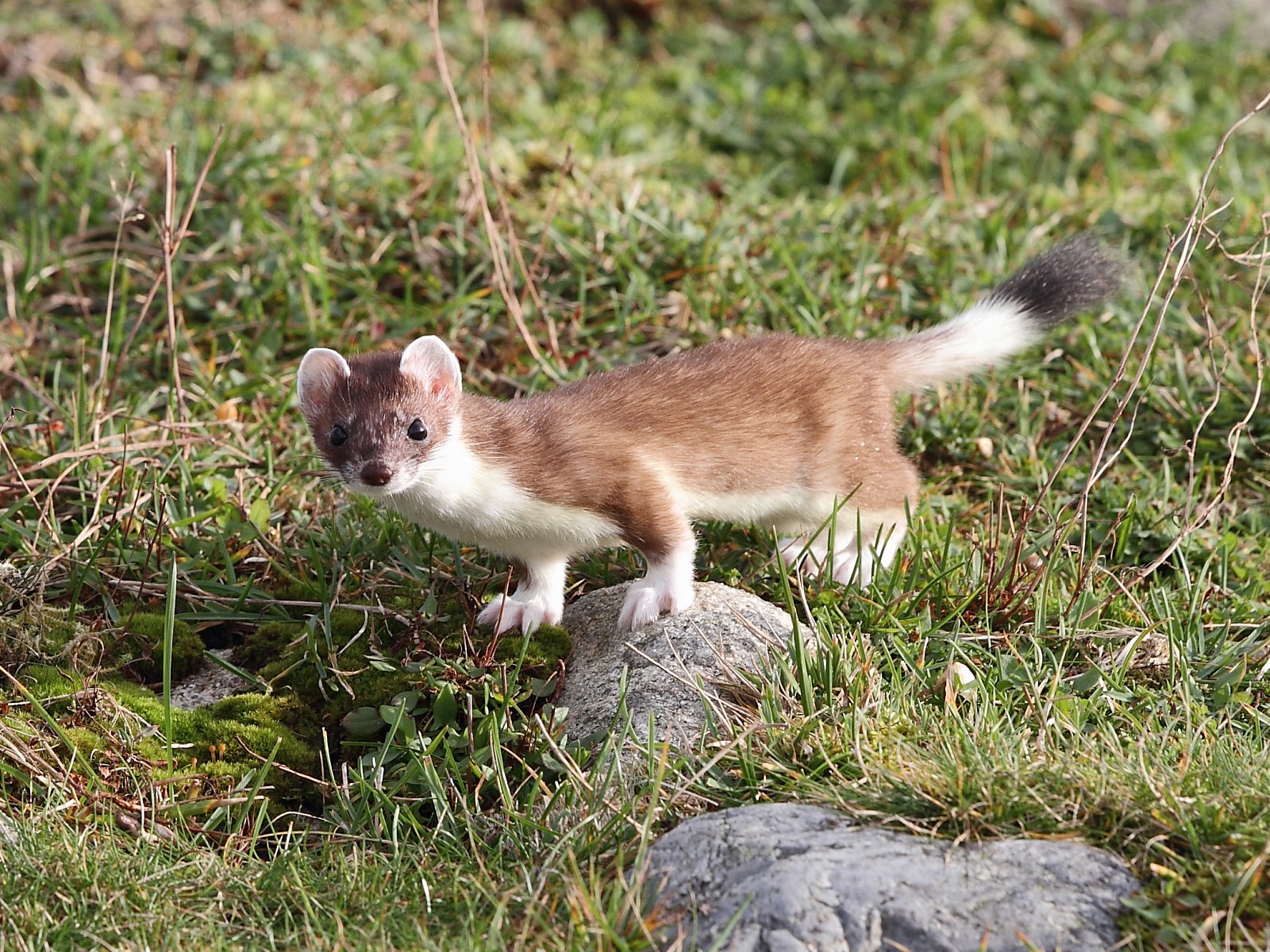Reindeer vs Caribou: A Complete Comparison
The key difference between Reindeer and Caribou lies primarily in their domestication status and geographic distribution, though they’re technically the same species (Rangifer tarandus). Reindeer typically refer to the domesticated Eurasian populations, while Caribou describes their wild North American cousins. Adult males of both varieties can weigh up to 700 pounds (318 kg), with shoulder heights reaching 4.9 feet (1.5 meters).
This comprehensive comparison explores the subtle yet fascinating distinctions between these remarkable arctic ungulates, from their unique adaptations to their cultural significance across northern hemispheric societies.
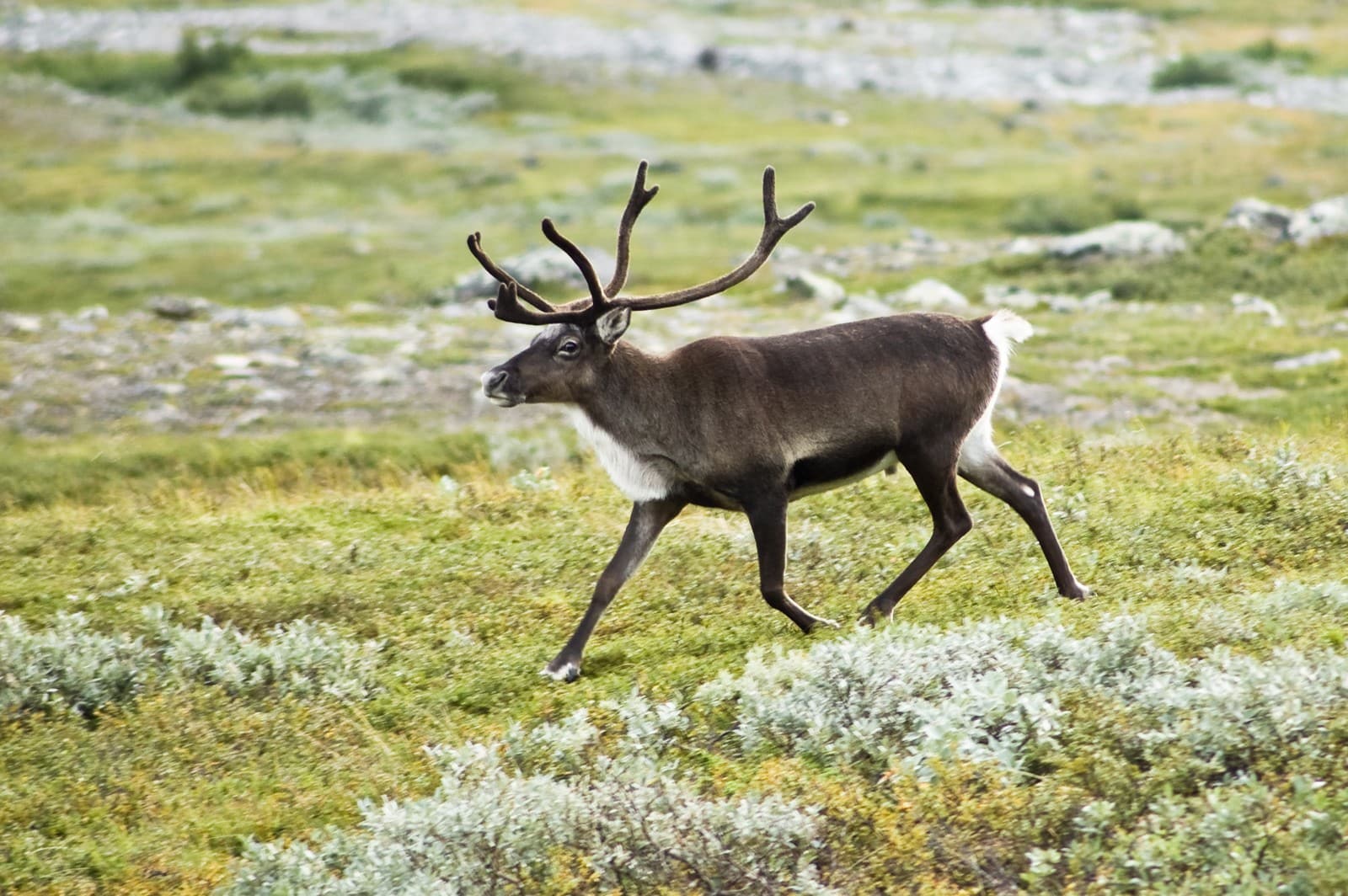
© Alexandre Buisse (Nattfodd) / CC BY-SA 3.0
A wild Reindeer demonstrates the characteristic robust build and impressive antlers that have made these animals essential to arctic cultures for millennia. Note the distinctive thick coat and powerful stance typical of Eurasian populations.
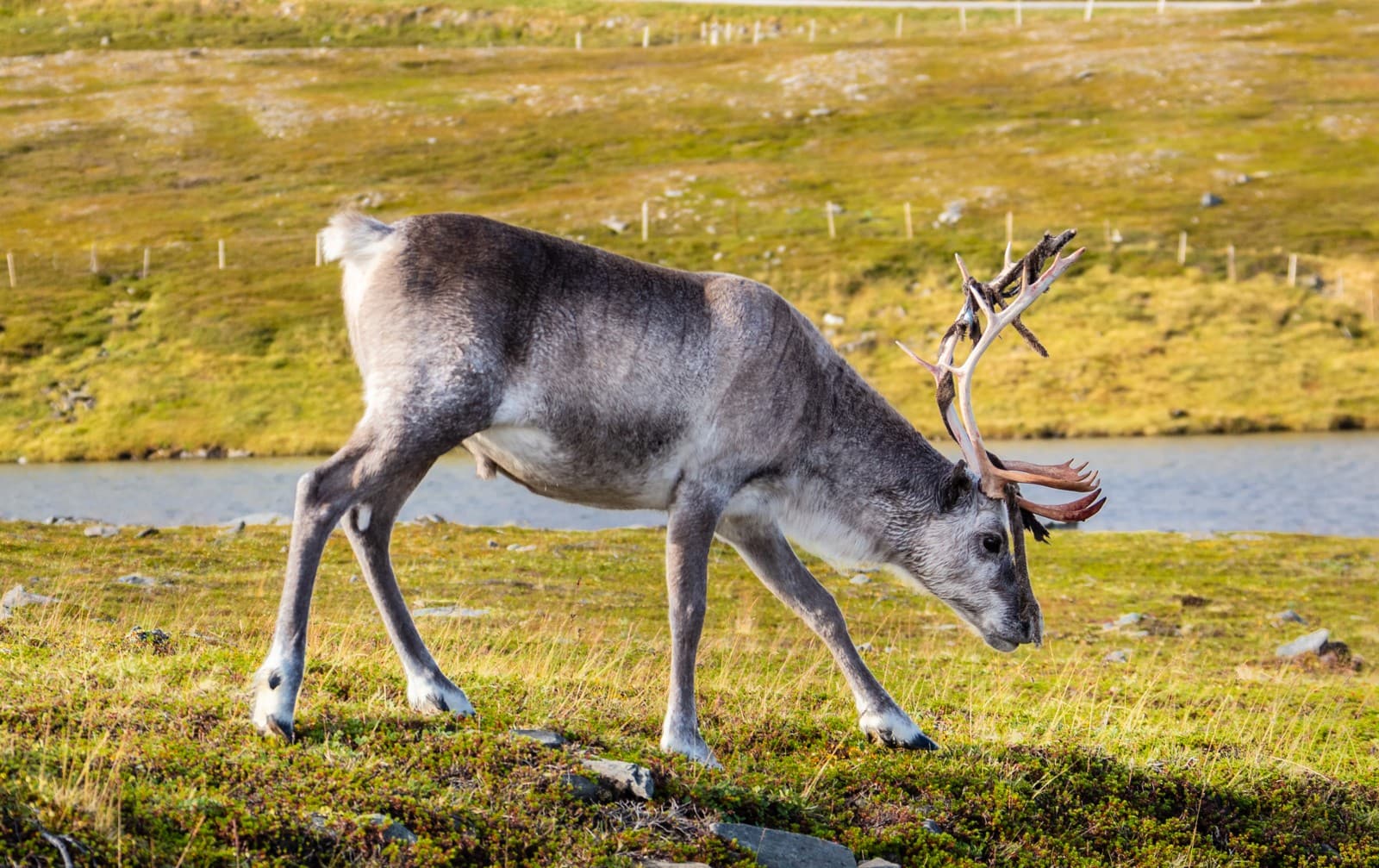
© Diego Delso / CC BY-SA 4.0
A North American Caribou displays the slightly leaner build and longer legs adapted for covering vast distances during seasonal migrations. The animal’s graceful profile showcases the species’ remarkable adaptation to life in challenging arctic environments.
Key Differences Between Reindeer and Caribou
| Feature | Reindeer | Caribou |
|---|---|---|
| Distribution | Northern Europe and Asia | North America |
| Body Build | Shorter, stockier | Longer legs, leaner build |
| Average Weight | 180-400 lbs (82-181 kg) | 200-700 lbs (91-318 kg) |
| Migration Pattern | Limited seasonal movement | Long-distance migration |
| Human Interaction | Commonly domesticated | Primarily wild |
| Nose Size | Larger, more developed | Slightly smaller |
Habitat and Distribution
Reindeer primarily inhabit the northern regions of Europe and Asia, particularly in Norway, Finland, and Siberia. These populations have adapted to closer human contact over thousands of years of domestication. Caribou, meanwhile, roam the vast wilderness areas of North America, from Alaska through Canada’s northern territories.
Physical Characteristics
Size and Build
Both varieties show sexual dimorphism, with males significantly larger than females. Caribou tend to have longer legs and leaner bodies, adapted for covering vast distances during migration. Reindeer typically display a stockier build, better suited to foraging in deeper snow.
Antler Development
A unique characteristic among deer species, both male and female Reindeer and Caribou grow antlers. Males shed theirs in early winter, while females retain antlers until spring – an adaptation that helps them defend feeding areas while pregnant.
Behavioral Differences
Migration Patterns
Caribou undertake some of the longest terrestrial migrations of any mammal, traveling up to 3,000 miles (4,828 km) annually. Reindeer, particularly domesticated herds, typically move shorter distances between seasonal feeding grounds.
Social Structure
Both varieties maintain complex social structures, but Caribou tend to form larger herds during migration, sometimes numbering in the hundreds of thousands. Reindeer herds are usually smaller and more stable throughout the year.
Cultural Significance
Reindeer have been integral to many Eurasian cultures, particularly the Sami people of Scandinavia, who have herded them for millennia. Caribou hold similar importance for indigenous North American peoples, though primarily as a hunted resource rather than domesticated animals.
Conservation Status
While neither variety faces immediate extinction risk, both face significant challenges from climate change and habitat disruption. Several Caribou subspecies are considered threatened, particularly woodland Caribou in southern Canada.
Who Would Win in a Confrontation?
In a theoretical confrontation between a Reindeer and Caribou of similar size, neither would likely have a significant advantage. Both possess similar defensive capabilities and typically avoid aggressive interactions outside of mating season. Their similar size, strength, and antler structure would result in an even match.
Frequently Asked Questions
Are Reindeer and Caribou the same species?
Yes, they are the same species (Rangifer tarandus), with the main differences being their geographic location and relationship with humans.
Which is bigger: Reindeer or Caribou?
Caribou tend to be slightly larger on average, though size varies significantly between subspecies and populations.
Can Reindeer and Caribou interbreed?
Yes, as members of the same species, they can successfully interbreed when brought together.
Do both Reindeer and Caribou pull sleds?
While both can be trained to pull sleds, this practice is primarily associated with domesticated Reindeer rather than wild Caribou.
This comparison reveals that while Reindeer and Caribou share a remarkable biological heritage, their divergent paths – one alongside human civilization and the other in the wild – have led to subtle yet fascinating differences in their physical characteristics and behavior patterns.
